Current Issue
2025 Vol.16 NO.6
2025,
16(6):
795-799.
doi: 10.15886/j.cnki.rdswxb.20250048
Abstract:
A new type of electron accelerator device in Sanya was utilized for the first time to mutagenize rice germinating seeds with seven radiation groups at doses of 80-200 Gy in a gradient of 20 Gy. Statistical analyses were performed on six agronomic traits, namely, germination potential, germination rate, survival rate, plant height, fruiting rate, and 1,000-grain weight of rice seeds of the M1 generation, and phenotypic mutations were screened and analyzed for the M2 generation. The results showed that all the agronomic indexes of the rice materials of the M1 generation irradiated at different doses tended to decrease significantly different with the increase of irradiation dose, except for the thousand grain weight, which did not change significantly, and the plant height, which was gradually restored to the level of the control group. The rice plants with mutation in disease resistance, early maturity, late maturity, plant height, tiller number, awn length, and hull color were selected from the M2 generation, with the mutation rates in the order of hull color (0.2349 %) > plant height (0.2148 %) > late maturity (0.1348 %) > plant height (0.1348 %) > late maturity (0.1348 %) > early maturity (0.1074 %) > awn length (0.0805 %) > number of tillers (0.0537 %) > disease resistance (0.0403 %). The optimal radiation doses for the rice sprouting seeds were determined to be 140-160 Gy.
A new type of electron accelerator device in Sanya was utilized for the first time to mutagenize rice germinating seeds with seven radiation groups at doses of 80-200 Gy in a gradient of 20 Gy. Statistical analyses were performed on six agronomic traits, namely, germination potential, germination rate, survival rate, plant height, fruiting rate, and 1,000-grain weight of rice seeds of the M1 generation, and phenotypic mutations were screened and analyzed for the M2 generation. The results showed that all the agronomic indexes of the rice materials of the M1 generation irradiated at different doses tended to decrease significantly different with the increase of irradiation dose, except for the thousand grain weight, which did not change significantly, and the plant height, which was gradually restored to the level of the control group. The rice plants with mutation in disease resistance, early maturity, late maturity, plant height, tiller number, awn length, and hull color were selected from the M2 generation, with the mutation rates in the order of hull color (
2025,
16(6):
800-808.
doi: 10.15886/j.cnki.rdswxb.20250080
Abstract:
Chemical-physical synergistic control and comprehensive adaptability evaluation of cowpea varieties (Vigna unguiculata) were carried out in an attempt to solve the problems of excessive vegetative growth, frequent occurrence of plant diseases and insect pests, and insufficient stress resistance of cowpea varieties in Hainan cowpea production. Under the full-enclosure insect-proof net facilities, the growth characteristics and yield performance of 8 main cultivated cowpea varieties in Hainan were systematically evaluated. The results showed that cowpea variety 'Sujiang 8' had the earliest initial flowering stage, that 'Sujiang 12' had the highest fresh pod weight (33.28 g), and that 'Rejiang 2' and 'Nanjiang 1' had relatively high fresh leaf weights of 1.8 g and 2.0 g, respectively. Three treatments including potassium dihydrogen phosphate, “Aimiao + potassium dihydrogen phosphate”, and “Dilituo” were set up for vegetative growth control and seedling suppression. Among them, the treatment “Aimiao + potassium dihydrogen phosphate” had the best effects on inhibiting plant height and improving yield, with a 37.64% increase in tender pod weight, a 20.28% increase in tender pod length, and a 61.34% increase in total count per harvest. In different density trials, the sowing density of 4 seeds per hill was conducive to balancing intraspecific competition and mutualism, with the highest tender pod weight (32.87 g) and 252 pods harvested per picking. There were varietal differences in the damage severity of thrips, the main field pest. Cowpea varieties 'Rejiang 2' and 'Nanjiang 1' were the least infested with thrips. Under different sowing densities, the sowing density of 4 seeds per hole was the lowest in damage severity. Cowpea rust showed a continuous aggravation trend and reached the disease peak in early April (the late growth stage of cowpea). The synergistic control system and variety adaptation model constructed in this study provide technical support for quality improvement and efficiency enhancement of the cowpea industry in Hainan.
Chemical-physical synergistic control and comprehensive adaptability evaluation of cowpea varieties (Vigna unguiculata) were carried out in an attempt to solve the problems of excessive vegetative growth, frequent occurrence of plant diseases and insect pests, and insufficient stress resistance of cowpea varieties in Hainan cowpea production. Under the full-enclosure insect-proof net facilities, the growth characteristics and yield performance of 8 main cultivated cowpea varieties in Hainan were systematically evaluated. The results showed that cowpea variety 'Sujiang 8' had the earliest initial flowering stage, that 'Sujiang 12' had the highest fresh pod weight (33.28 g), and that 'Rejiang 2' and 'Nanjiang 1' had relatively high fresh leaf weights of 1.8 g and 2.0 g, respectively. Three treatments including potassium dihydrogen phosphate, “Aimiao + potassium dihydrogen phosphate”, and “Dilituo” were set up for vegetative growth control and seedling suppression. Among them, the treatment “Aimiao + potassium dihydrogen phosphate” had the best effects on inhibiting plant height and improving yield, with a 37.64% increase in tender pod weight, a 20.28% increase in tender pod length, and a 61.34% increase in total count per harvest. In different density trials, the sowing density of 4 seeds per hill was conducive to balancing intraspecific competition and mutualism, with the highest tender pod weight (32.87 g) and 252 pods harvested per picking. There were varietal differences in the damage severity of thrips, the main field pest. Cowpea varieties 'Rejiang 2' and 'Nanjiang 1' were the least infested with thrips. Under different sowing densities, the sowing density of 4 seeds per hole was the lowest in damage severity. Cowpea rust showed a continuous aggravation trend and reached the disease peak in early April (the late growth stage of cowpea). The synergistic control system and variety adaptation model constructed in this study provide technical support for quality improvement and efficiency enhancement of the cowpea industry in Hainan.
2025,
16(6):
809-818.
doi: 10.15886/j.cnki.rdswxb.20250010
Abstract:
Banana 'Haigong' (Musa AA) seedlings were treated with magnesium (Mg) and zinc (Zn) at gradient concentrations of 0%, 50%, and 100% of normal levels to observe the effects of magnesium and zinc deficiency on the growth and photosynthesis of the seedlings. The results show that after 120 days of treatment, the combined deficiency of Mg and Zn inhibited the growth and photosynthetic physiology of 'Haigong' seedlings. Under normal treatment, the plant height was 32 cm, stem diameter was 8.65 cm, and total root length was 1,051.47 cm; under deficiency treatment, plant height, stem diameter, and total root length were all reduced to varying degrees, with no significant difference in leaf morphology, and the relative growth rate of plant height varied among treatments. In terms of photosynthetic characteristics, there were significant differences in SPAD value, Pn value, Tr value, Ci value, and Gs value between normal and deficiency treatments, and under deficiency treatment the Y(Ⅱ) value and Fv/Fm value decreased, while the NPQ value fluctuated. This study monitored the growth and photosynthetic physiology of banana 'Haigong' seedlings under Mg and Zn deficiency, providing a reference for precise nutrient management.
Banana 'Haigong' (Musa AA) seedlings were treated with magnesium (Mg) and zinc (Zn) at gradient concentrations of 0%, 50%, and 100% of normal levels to observe the effects of magnesium and zinc deficiency on the growth and photosynthesis of the seedlings. The results show that after 120 days of treatment, the combined deficiency of Mg and Zn inhibited the growth and photosynthetic physiology of 'Haigong' seedlings. Under normal treatment, the plant height was 32 cm, stem diameter was 8.65 cm, and total root length was 1,051.47 cm; under deficiency treatment, plant height, stem diameter, and total root length were all reduced to varying degrees, with no significant difference in leaf morphology, and the relative growth rate of plant height varied among treatments. In terms of photosynthetic characteristics, there were significant differences in SPAD value, Pn value, Tr value, Ci value, and Gs value between normal and deficiency treatments, and under deficiency treatment the Y(Ⅱ) value and Fv/Fm value decreased, while the NPQ value fluctuated. This study monitored the growth and photosynthetic physiology of banana 'Haigong' seedlings under Mg and Zn deficiency, providing a reference for precise nutrient management.
2025,
16(6):
819-828.
doi: 10.15886/j.cnki.rdswxb.20250033
Abstract:
Bidens pilosa, an invasive weed commonly found in South China, is considered as a companion weeds in various upland cropping systems and serves as an intermediate host for a range of phytopathogens. This study reports the occurrence of leaf spot lesions in a population of B. pilosa. To investigate the cause, pathogens were isolated from the infected leaves using a tissue isolation method, and pathogenicity was confirmed through detached-leaf inoculation assays. A combination of morphological characterization and phylogenetic analysis of concatenated rDNA-ITS and tef1 sequences enabled accurate identification of the pathogen. The pathogen was identified as Lasiodiplodia theobromae, which causes leaf wilt and rot in B. pilosa. Preliminary environmental studies indicated that the isolated strain exhibited optimal colony growth at 28 ℃, pH 6, on Potato Dextrose Agar(PDA) medium supplemented with sucrose and sodium nitrate, which served as the preferred carbon and nitrogen sources, respectively.
Bidens pilosa, an invasive weed commonly found in South China, is considered as a companion weeds in various upland cropping systems and serves as an intermediate host for a range of phytopathogens. This study reports the occurrence of leaf spot lesions in a population of B. pilosa. To investigate the cause, pathogens were isolated from the infected leaves using a tissue isolation method, and pathogenicity was confirmed through detached-leaf inoculation assays. A combination of morphological characterization and phylogenetic analysis of concatenated rDNA-ITS and tef1 sequences enabled accurate identification of the pathogen. The pathogen was identified as Lasiodiplodia theobromae, which causes leaf wilt and rot in B. pilosa. Preliminary environmental studies indicated that the isolated strain exhibited optimal colony growth at 28 ℃, pH 6, on Potato Dextrose Agar(PDA) medium supplemented with sucrose and sodium nitrate, which served as the preferred carbon and nitrogen sources, respectively.
2025,
16(6):
829-841.
doi: 10.15886/j.cnki.rdswxb.20250040
Abstract:
To investigate the molecular mechanisms by which pumpkin grafting enhances resistance to Fusarium wilt in wax gourd, pumpkin variety ‘Haizhen 1’ was used as the rootstock and wax gourd variety ‘Tiezhu 2’ as the scion in this experiment. Three types of seedling materials were produced through grafting: grafted wax gourd (GW) to pumpkin, self-grafted wax gourd (SW), and self-grafted pumpkin (SP). These graftings were cultivated in soil inoculated with Fusarium oxysporum at a concentration of 8.0 × 105 CFU·g−1, with a control group using soil at 0 CFU·g−1. After five days of cultivation, root and leaf samples were collected for transcriptome sequencing to analyze differentially expressed genes (DEGs). The results showed that 284 and 2 potential disease-resistant genes were identified in the leaves and roots, respectively. Gene Ontology (GO) and Kyoto Encyclopedia of Genes and Genomes (KEGG) analysis revealed that phenylpropane biosynthesis was a common metabolic pathway in both the leaves and roots of grafted wax gourd. Using DRAGO 3 for domain prediction of the potential disease-resistant genes, 16 disease resistance-related genes were predicted, mainly associated with the PTI (pattern-triggered immunity) pathway. Transcription factor (TF) analysis of all the transcriptome sequences in the leaves and roots showed that there were 2,828 and 5,426 differentially expressed TFs identified in the leaves and roots, respectively. A significant number of these TFs were concentrated in the MYB, bHLH, ERF, and NAC families. It is hence hypothesized that phenylpropane biosynthesis and transcription factors such as MYB, bHLH, ERF, and NAC play crucial roles in defending against Fusarium oxysporum infection.
To investigate the molecular mechanisms by which pumpkin grafting enhances resistance to Fusarium wilt in wax gourd, pumpkin variety ‘Haizhen 1’ was used as the rootstock and wax gourd variety ‘Tiezhu 2’ as the scion in this experiment. Three types of seedling materials were produced through grafting: grafted wax gourd (GW) to pumpkin, self-grafted wax gourd (SW), and self-grafted pumpkin (SP). These graftings were cultivated in soil inoculated with Fusarium oxysporum at a concentration of 8.0 × 105 CFU·g−1, with a control group using soil at 0 CFU·g−1. After five days of cultivation, root and leaf samples were collected for transcriptome sequencing to analyze differentially expressed genes (DEGs). The results showed that 284 and 2 potential disease-resistant genes were identified in the leaves and roots, respectively. Gene Ontology (GO) and Kyoto Encyclopedia of Genes and Genomes (KEGG) analysis revealed that phenylpropane biosynthesis was a common metabolic pathway in both the leaves and roots of grafted wax gourd. Using DRAGO 3 for domain prediction of the potential disease-resistant genes, 16 disease resistance-related genes were predicted, mainly associated with the PTI (pattern-triggered immunity) pathway. Transcription factor (TF) analysis of all the transcriptome sequences in the leaves and roots showed that there were 2,828 and 5,426 differentially expressed TFs identified in the leaves and roots, respectively. A significant number of these TFs were concentrated in the MYB, bHLH, ERF, and NAC families. It is hence hypothesized that phenylpropane biosynthesis and transcription factors such as MYB, bHLH, ERF, and NAC play crucial roles in defending against Fusarium oxysporum infection.
2025,
16(6):
842-854.
doi: 10.15886/j.cnki.rdswxb.20250024
Abstract:
The KNOX gene family encodes homeobox proteins that function as transcription factors and are integral to regulating plant growth and development. To investigate the bioinformatic characteristics of the KNOX gene family and its potential roles during viviparous seedling development in water lily (Nymphaea), this study identified 15 KNOX genes from the Nymphaea genome using bioinformatics approaches. These genes were distributed across chromosomes 1, 2, 3, 4, 5, 6, 7, 8, 9, 11, and 13. Detailed analyses were performed to assess their physicochemical properties, cis-regulatory elements, and interspecies collinearity. The physicochemical characterization revealed that the KNOX proteins ranged from 249 to2270 amino acids in length, were hydrophilic, and had molecular weights between 2.84 and 24.95 kDa. Subcellular localization predictions indicated that most KNOX proteins localized in the nucleus. Furthermore, the majority of these proteins contained four conserved domains — KNOX1, KNOX2, ELK, and Homeobox KN. Based on structural features and phylogenetic analysis, the KNOX gene family was classified into Class Ⅰ and Class Ⅱ, with Class Ⅱ-B potentially representing a specific clade unique to Nymphaea. Interspecies collinearity analysis revealed that 13 of the KNOX genes shared conserved synteny with KNOX genes from Arabidopsis thaliana, Solanum lycopersicum, Oryza sativa, and Zea mays, with the highest level of homology observed with tomato. Additionally, promoter analysis identified numerous cis-regulatory elements related to growth and development, hormone response, and stress response. Expression pattern analysis across different development stages of leaves suggested that Class Ⅰ genes likely played a pivotal role in the formation and development of leaf viviparous shoots in Nymphaea.
The KNOX gene family encodes homeobox proteins that function as transcription factors and are integral to regulating plant growth and development. To investigate the bioinformatic characteristics of the KNOX gene family and its potential roles during viviparous seedling development in water lily (Nymphaea), this study identified 15 KNOX genes from the Nymphaea genome using bioinformatics approaches. These genes were distributed across chromosomes 1, 2, 3, 4, 5, 6, 7, 8, 9, 11, and 13. Detailed analyses were performed to assess their physicochemical properties, cis-regulatory elements, and interspecies collinearity. The physicochemical characterization revealed that the KNOX proteins ranged from 249 to
2025,
16(6):
855-864.
doi: 10.15886/j.cnki.rdswxb.20250078
Abstract:
As a new chemotypic germplasm of Aquilaria sinensis (Lour.) Spreng., Chi-Nan germplasm has the excellent characteristics of the faster agarwood formation and higher quality of agarwood formation. In this study we successfully cloned the CNTPS18, an important sesquiterpene synthase (TPS) gene in the Chi-Nan germplasm, and analyzed its sequence bioinformatically and detected the expression pattern of the CNTPS18 gene in Chi-Nan germplasm within induction by injury. The results showed that the full-length sequence of the CDS of this gene is1632 bp, and that its encoded protein is mainly distributed in the cytoplasmic matrix, has no transmembrane structure, is unstable and hydrophilic, and belongs to non-secretory protein. The CNTPS18 gene possessed the conserved structural domains of eight sesquiterpene synthases such as terpene synthase-like, terpene cyclases, class 1, plant, and the tertiary structure is in high identity with vetispiradiene synthase; the CNTPS18 is evolutionarily closest to the TPS genes from the same genus of Aquilaria (A. malaccensis and A. agallochum), and is in the same branch with Durio zibethinus of Bomboideae and Herrania umbratica of Malvaceae, indicating a kinship under the same malvales order; CNTPS18 was expressed at the highest level in stems, followed by roots and fruits, and at the lowest level in leaves and seeds. Meanwhile, CNTPS18 was highly expressed in Chi-Nan germplasm after 15 d of injury induction, which assisted Chi-Nan germplasm in stabilizing the accumulation of secondary metabolites against injury stress. The present study provides some molecular biological basis for exploring the mechanism of agarwood formation in the Chi-Nan germplasm and further analyzing the function of CNTPSs.
As a new chemotypic germplasm of Aquilaria sinensis (Lour.) Spreng., Chi-Nan germplasm has the excellent characteristics of the faster agarwood formation and higher quality of agarwood formation. In this study we successfully cloned the CNTPS18, an important sesquiterpene synthase (TPS) gene in the Chi-Nan germplasm, and analyzed its sequence bioinformatically and detected the expression pattern of the CNTPS18 gene in Chi-Nan germplasm within induction by injury. The results showed that the full-length sequence of the CDS of this gene is
2025,
16(6):
865-872.
doi: 10.15886/j.cnki.rdswxb.20250054
Abstract:
Magnolia liliflora cut flowers were treated with four preservatives, ascorbic acid, silver thiosulfate (STS), Aminoethoxyvinylgycine hydrochloride (AVG), and aminoethoxyacetic acid (AOA) to observe the effects of the preservatives on their vase life across developmental stages (blooming, early flowering, and ruddy). The 30 mg·L−1 AOA treatment demonstrated optimal efficacy, extending the vase life to 86 h at the early flowering stage and 110 h at the ruddy stage while keeping the fresh weight ratio at a relatively high level. Both ascorbic acid (2 g·L−1 ) and silver thiosulfate (STS) (0.5, 2 mmol·L−1 ) promoted the opening of flowers at the ruddy stage, but they also accelerated the withering process. On the contrary the vase life of flowers treated with other preservatives was the shortest, ranging from 89.33 to 96 hours. Flowers at the blooming stage showed no statistically significant response to the treatments. This study revealed the stage-dependent vase life preservation effect of M. liliflora cut flowers, providing a theoretical basis for the application of M. liliflora cut flowers and the selection of preservative components.
Magnolia liliflora cut flowers were treated with four preservatives, ascorbic acid, silver thiosulfate (STS), Aminoethoxyvinylgycine hydrochloride (AVG), and aminoethoxyacetic acid (AOA) to observe the effects of the preservatives on their vase life across developmental stages (blooming, early flowering, and ruddy). The 30 mg·L−1 AOA treatment demonstrated optimal efficacy, extending the vase life to 86 h at the early flowering stage and 110 h at the ruddy stage while keeping the fresh weight ratio at a relatively high level. Both ascorbic acid (2 g·L−1 ) and silver thiosulfate (STS) (0.5, 2 mmol·L−1 ) promoted the opening of flowers at the ruddy stage, but they also accelerated the withering process. On the contrary the vase life of flowers treated with other preservatives was the shortest, ranging from 89.33 to 96 hours. Flowers at the blooming stage showed no statistically significant response to the treatments. This study revealed the stage-dependent vase life preservation effect of M. liliflora cut flowers, providing a theoretical basis for the application of M. liliflora cut flowers and the selection of preservative components.
2025,
16(6):
873-882.
doi: 10.15886/j.cnki.rdswxb.20240160
Abstract:
Abstracts: Macroalgae, such as Acanthophora muscoides and Gracilaria coronopifolia, widely distributed in the water of Liusha Bay in the Leizhou Peninsula in Zhanjiang, Guangdong Province. The basic nutritional components of A. muscoides and G. coronopifolia were analyzed and their nutritional value was assessed in a view to exploring their potential value for development. The results showed that the fresh weight moisture contents of A. muscoides and G. coronopifolia were 93.10% and 88.60%, respectively. Additionally, A. muscoides had crude protein content of 9.4%, crude fat content of 2.89%, ash content of 55.07%, and crude fiber content of 5.7%, while G. coronopifolia contained 7.5% of crude protein, 1.78% of crude fat, 27.38% of ash, and 3.57% of crude fiber. In term of amino acid profile, A. muscoides and G. coronopifolia contained 13 types of amino acids, with a rational composition and high levels of essential and flavor amino acids. The DAA/TAA ratios of the two macroalgae were 56.74% and 48.14%, respectively, meeting the requirements of the FAO/WHO standard pattern. The first limiting amino acid for both species was leucine, while the second limiting amino acids were isoleucine and lysine for A. muscoides and G. coronopifolia, respectively. Moreover, these macroalgae had valuable minerals, such as calcium, iron, sodium, magnesium, zinc, and potassium, and had low content of heavy metals. All these results showed that A. muscoides and G. coronopifolia had diverse and patterned amino acids, and vital minerals, making them highly valuable for nutrition and offering broad prospects for development and application. This study provides some reference for further resource development and utilization of A. muscoides and G.coronopifolia.
Abstracts: Macroalgae, such as Acanthophora muscoides and Gracilaria coronopifolia, widely distributed in the water of Liusha Bay in the Leizhou Peninsula in Zhanjiang, Guangdong Province. The basic nutritional components of A. muscoides and G. coronopifolia were analyzed and their nutritional value was assessed in a view to exploring their potential value for development. The results showed that the fresh weight moisture contents of A. muscoides and G. coronopifolia were 93.10% and 88.60%, respectively. Additionally, A. muscoides had crude protein content of 9.4%, crude fat content of 2.89%, ash content of 55.07%, and crude fiber content of 5.7%, while G. coronopifolia contained 7.5% of crude protein, 1.78% of crude fat, 27.38% of ash, and 3.57% of crude fiber. In term of amino acid profile, A. muscoides and G. coronopifolia contained 13 types of amino acids, with a rational composition and high levels of essential and flavor amino acids. The DAA/TAA ratios of the two macroalgae were 56.74% and 48.14%, respectively, meeting the requirements of the FAO/WHO standard pattern. The first limiting amino acid for both species was leucine, while the second limiting amino acids were isoleucine and lysine for A. muscoides and G. coronopifolia, respectively. Moreover, these macroalgae had valuable minerals, such as calcium, iron, sodium, magnesium, zinc, and potassium, and had low content of heavy metals. All these results showed that A. muscoides and G. coronopifolia had diverse and patterned amino acids, and vital minerals, making them highly valuable for nutrition and offering broad prospects for development and application. This study provides some reference for further resource development and utilization of A. muscoides and G.coronopifolia.
2025,
16(6):
883-889.
doi: 10.15886/j.cnki.rdswxb.20250050
Abstract:
An attempt was made to further optimize the indoor artificial propagation technology of Kappaphycus alvarezii. The effects of temperature and light on the growth, pigment and phycobiliprotein content of K. alvarezii were determined by conducting control experiments. The results showed that when the temperature was 27 ℃, the relative growth rate was significantly higher than that of other temperature test groups (P < 0.05), and that the contents of chlorophyll a and carotenoids in the algae were also higher, indicating that an appropriate increase of temperature would increase the accumulation level of pigment content in the algae, but the difference in culture temperature had little effect on the content of phycobiliprotein, and there was no significant difference in the content of phycobiliprotein in each group. At the same temperature, the relative growth rate of K. alvarezii increased first and then decreased with the change of light intensity. When the light intensity was4000 lx to 7000 lx, the algae grew faster, and the content of chlorophyll a in the algae was significantly higher than that in the other light groups when the light was 1000 lx, indicating that the appropriate low light intensity would promote the synthesis of more chlorophyll a in K. alvarezii. When the light intensity was 4000 lx, the phycobiliprotein content of the algae was significantly higher than that of the other light groups, and the change of light intensity could cause the fluctuation of the phycobiliprotein content of K. alvarezii.
An attempt was made to further optimize the indoor artificial propagation technology of Kappaphycus alvarezii. The effects of temperature and light on the growth, pigment and phycobiliprotein content of K. alvarezii were determined by conducting control experiments. The results showed that when the temperature was 27 ℃, the relative growth rate was significantly higher than that of other temperature test groups (P < 0.05), and that the contents of chlorophyll a and carotenoids in the algae were also higher, indicating that an appropriate increase of temperature would increase the accumulation level of pigment content in the algae, but the difference in culture temperature had little effect on the content of phycobiliprotein, and there was no significant difference in the content of phycobiliprotein in each group. At the same temperature, the relative growth rate of K. alvarezii increased first and then decreased with the change of light intensity. When the light intensity was
2025,
16(6):
890-897.
doi: 10.15886/j.cnki.rdswxb.20240202
Abstract:
To investigate the physiological responses of Symbiodiniaceae under low-salinity stress, high-throughput sequencing was conducted on isolated culture of Effrenium voratum to obtain its relative abundance, and low-salinity stress experiments were performed on E. voratum for systematical analysis of the effects of low-salinity environments on the growth status, chlorophyll a (Chl a) concentration per symbiodiniaceae, superoxide dismutase (SOD) and catalase (CAT) activities of E. voratum. The results demonstrated that the cell density of E. voratum cultured under 35 salinity showed stable growth, indicating favorable growth at this level of salinity. At 25 salinity, E. voratum was inhibited in growth but could maintain survival. Severe growth inhibition occurred at 15 salinity, with cell density significantly declining after 48 hours, exhibiting a negative growth trend. Under 15 salinity stress, the Chl a concentration per symbiodiniaceae progressively decreased after 4 hours, suggesting significant suppression of photosynthetic capacity. Both SOD and CAT activities of E. voratum initially increased within 4 hours under 25 and 15 salinity stresses, but showed a continuous decline after 24 hours, revealing transient enhancement of antioxidant capacity at the early stages followed by progressive weakening with prolonged stress exposure.
To investigate the physiological responses of Symbiodiniaceae under low-salinity stress, high-throughput sequencing was conducted on isolated culture of Effrenium voratum to obtain its relative abundance, and low-salinity stress experiments were performed on E. voratum for systematical analysis of the effects of low-salinity environments on the growth status, chlorophyll a (Chl a) concentration per symbiodiniaceae, superoxide dismutase (SOD) and catalase (CAT) activities of E. voratum. The results demonstrated that the cell density of E. voratum cultured under 35 salinity showed stable growth, indicating favorable growth at this level of salinity. At 25 salinity, E. voratum was inhibited in growth but could maintain survival. Severe growth inhibition occurred at 15 salinity, with cell density significantly declining after 48 hours, exhibiting a negative growth trend. Under 15 salinity stress, the Chl a concentration per symbiodiniaceae progressively decreased after 4 hours, suggesting significant suppression of photosynthetic capacity. Both SOD and CAT activities of E. voratum initially increased within 4 hours under 25 and 15 salinity stresses, but showed a continuous decline after 24 hours, revealing transient enhancement of antioxidant capacity at the early stages followed by progressive weakening with prolonged stress exposure.
2025,
16(6):
898-908.
doi: 10.15886/j.cnki.rdswxb.20250079
Abstract:
The prevalence of intestinal parasitic infections in the population of Hainan Province, China was systematically evaluated and analyzed to provide a theoretical basis for the prevention and control of parasitic diseases in Hainan. Databases including CNKI, Wanfang Data, VIP Chinese Sci-Tech Journals, Web of Science, and PubMed were searched to collect studies on intestinal parasitic infections in Hainan Province. After screening, data extraction, and quality assessment, a meta-analysis was conducted using RevMan 5.3 software. A total of 42 eligible studies involving 109,899 participants were selected for analysis. The overall intestinal parasitic infection rate was 43.4% (95% CI: 33.4−53.7). Subgroup analysis revealed significant regional variations, with the highest infection rate in Changjiang County (70.4%, 95% CI: 68.8−72.0) and the lowest in Baisha County (22.0%, 95% CI: 20.6−23.5). The infection rate also varied by parasite species, with protozoa showing the lowest rate (8.6%, 95% CI: 8.1−9.1) and Enterobius the highest (41.3%, 95% CI: 40.7−41.9). Additionally, rural areas had a significantly higher infection rate (53.5%, 95% CI: 41.7−65.1) than urban areas (39.5%, 95% CI: 30.4−49.0). Temporal trend analysis indicated that the infection rate peaked before 2000 (71.0%) and declined to 21.7% after 2011. Age-specific analysis showed that Enterobius infections were most common in children aged 0−14 years (37.3%), while hookworm infections increased with age, reaching 41.5% in the elderly. The prevalence of intestinal parasitic infections in Hainan Province remains high, with notable regional, species-specific, and temporal variations. Targeted prevention and control strategies should be implemented in high-risk areas and key populations, alongside improvements in sanitation infrastructure and health education, to reduce infection risks and safeguard public health.
The prevalence of intestinal parasitic infections in the population of Hainan Province, China was systematically evaluated and analyzed to provide a theoretical basis for the prevention and control of parasitic diseases in Hainan. Databases including CNKI, Wanfang Data, VIP Chinese Sci-Tech Journals, Web of Science, and PubMed were searched to collect studies on intestinal parasitic infections in Hainan Province. After screening, data extraction, and quality assessment, a meta-analysis was conducted using RevMan 5.3 software. A total of 42 eligible studies involving 109,899 participants were selected for analysis. The overall intestinal parasitic infection rate was 43.4% (95% CI: 33.4−53.7). Subgroup analysis revealed significant regional variations, with the highest infection rate in Changjiang County (70.4%, 95% CI: 68.8−72.0) and the lowest in Baisha County (22.0%, 95% CI: 20.6−23.5). The infection rate also varied by parasite species, with protozoa showing the lowest rate (8.6%, 95% CI: 8.1−9.1) and Enterobius the highest (41.3%, 95% CI: 40.7−41.9). Additionally, rural areas had a significantly higher infection rate (53.5%, 95% CI: 41.7−65.1) than urban areas (39.5%, 95% CI: 30.4−49.0). Temporal trend analysis indicated that the infection rate peaked before 2000 (71.0%) and declined to 21.7% after 2011. Age-specific analysis showed that Enterobius infections were most common in children aged 0−14 years (37.3%), while hookworm infections increased with age, reaching 41.5% in the elderly. The prevalence of intestinal parasitic infections in Hainan Province remains high, with notable regional, species-specific, and temporal variations. Targeted prevention and control strategies should be implemented in high-risk areas and key populations, alongside improvements in sanitation infrastructure and health education, to reduce infection risks and safeguard public health.
2025,
16(6):
909-919.
doi: 10.15886/j.cnki.rdswxb.20250074
Abstract:
In order to explore the possibility and potential molecular mechanism of Persicaria chinensis produced in Hainan against pullorum disease, the core active ingredients and their core targets were screened by network pharmacology and verified by molecular docking. Four factors and three levels of orthogonal test and Oxford cup bacteriostatic test were used to determine the optimum extraction conditions of Persicaria chinensis produced in Hainan, and the minimum inhibitory concentration (MIC) and minimum bactericidal concentration (MBC) were detected. The results showed that there were 61 intersection targets between the active components of Hainan-produced charcoal mother and pullorum disease. In GO functional analysis, 45 biological processes, 15 cell components and 12 molecular functions were enriched, and KEGG pathway was enriched to 18 signaling pathways. The results of macromolecular docking showed that the binding free energy of five active ingredients and five key targets were less than −5.0 kcal·mol−1. The results of orthogonal test showed that the optimum extraction conditions were as follows: the ratio of material to liquid was 1∶60, the extraction temperature was 70 ℃, the extraction time was 45 min, and the extraction was twice. The MIC and MBC were the same, both of which were 128 g·L−1. In summary, Persicaria chinensis produced in Hainan may regulate multiple targets such as MMP9 and PPARG through various active ingredients such as Quercetin and Kaempferol, thus affecting multiple pathways such as MAPK and Toll-like receptor signaling pathways to exert anti-pullorum effect. Among them, it has been proved that Persicaria chinensis produced in Hainan is mainly composed of flavonoids and multi-component synergistic effects to play an anti-pullorum effect.
In order to explore the possibility and potential molecular mechanism of Persicaria chinensis produced in Hainan against pullorum disease, the core active ingredients and their core targets were screened by network pharmacology and verified by molecular docking. Four factors and three levels of orthogonal test and Oxford cup bacteriostatic test were used to determine the optimum extraction conditions of Persicaria chinensis produced in Hainan, and the minimum inhibitory concentration (MIC) and minimum bactericidal concentration (MBC) were detected. The results showed that there were 61 intersection targets between the active components of Hainan-produced charcoal mother and pullorum disease. In GO functional analysis, 45 biological processes, 15 cell components and 12 molecular functions were enriched, and KEGG pathway was enriched to 18 signaling pathways. The results of macromolecular docking showed that the binding free energy of five active ingredients and five key targets were less than −5.0 kcal·mol−1. The results of orthogonal test showed that the optimum extraction conditions were as follows: the ratio of material to liquid was 1∶60, the extraction temperature was 70 ℃, the extraction time was 45 min, and the extraction was twice. The MIC and MBC were the same, both of which were 128 g·L−1. In summary, Persicaria chinensis produced in Hainan may regulate multiple targets such as MMP9 and PPARG through various active ingredients such as Quercetin and Kaempferol, thus affecting multiple pathways such as MAPK and Toll-like receptor signaling pathways to exert anti-pullorum effect. Among them, it has been proved that Persicaria chinensis produced in Hainan is mainly composed of flavonoids and multi-component synergistic effects to play an anti-pullorum effect.
2025,
16(6):
920-927.
doi: 10.15886/j.cnki.rdswxb.20240149
Abstract:
The bactericidal effects of different antibiotics on Escherichia coli were analyzed by using fluorescence photoelectric microbial detection devices. The results prove that the antimicrobial analysis using fluorescence photoelectric microbial detection devices is equivalent to the K-B disk diffusion method. Compared to the traditional methods, the fluorescence photoelectric microbial detection method can be used to quickly identify microbial resistance in clinical specimens, especially of fastidious bacteria and other slow-growing strains, providing timely reference for the clinical application of antibiotics and drug resistance analysis of pathogens. The detection of the drug resistance of E. coli to 9 antibiotics showed that E. coli had the highest resistance to nalidixic acid, with a minimal inhibitory concentration (MIC) of 100 μg.mL−1. E. coli had the lowest resistance to cefotaxime, with a minimal inhibitory concentration of 0.2 μg.mL−1. Combination of nalidixic acid with ciprofloxacin, cefotaxime, or chloramphenicol indicated that the combination of 0.5 MIC concentration of nalidixic acid with 0.5 MIC concentration of ciprofloxacin had the best bactericidal effect.
The bactericidal effects of different antibiotics on Escherichia coli were analyzed by using fluorescence photoelectric microbial detection devices. The results prove that the antimicrobial analysis using fluorescence photoelectric microbial detection devices is equivalent to the K-B disk diffusion method. Compared to the traditional methods, the fluorescence photoelectric microbial detection method can be used to quickly identify microbial resistance in clinical specimens, especially of fastidious bacteria and other slow-growing strains, providing timely reference for the clinical application of antibiotics and drug resistance analysis of pathogens. The detection of the drug resistance of E. coli to 9 antibiotics showed that E. coli had the highest resistance to nalidixic acid, with a minimal inhibitory concentration (MIC) of 100 μg.mL−1. E. coli had the lowest resistance to cefotaxime, with a minimal inhibitory concentration of 0.2 μg.mL−1. Combination of nalidixic acid with ciprofloxacin, cefotaxime, or chloramphenicol indicated that the combination of 0.5 MIC concentration of nalidixic acid with 0.5 MIC concentration of ciprofloxacin had the best bactericidal effect.
2025,
16(6):
928-938.
doi: 10.15886/j.cnki.rdswxb.20240179
Abstract:
Obtaining up-to-date information on mosquito species in Hainan and analysing population genetic diversity and the status of differentiation and gene flow among geographic populations of the dengue vector Ae. albopictus. Mosquitoes were collected from four geographical areas in Hainan Province, the COⅠ gene was PCR amplified and sequenced, and mosquito species were identified by Blast comparison. The COⅠ gene sequences of Ae. albopictus from different sources were compared using MEGA11 to calculate the relative content of bases and the frequency of base and codon usage. Neighbour-joining algorithm was applied to construct the haplotype phylogenetic tree. Dnasp 6.0 was used to analyse locus polymorphisms, population genetic distances, haplotype and diversity analyses, and mismatch distribution analyses. Haplotype network diagrams were constructed using PopART 1.7 software. Arlequin 3.1 software was used to calculate the coefficient of genetic differentiation (Fst value) and gene flow (Nm value) between populations. Genetic variation within and between populations was analysed using Analysis of molecular variance (AMOVA). A total of 8 genera and 43 species of blood-sucking mosquitoes belonging to Anopheles, Culex, Aedes, Armigeres, Toxorhynchites, Mansonia, Mimomyia and Sabethes were captured. Ae. albopictus was found to be moderately differentiated between the Sanya and Danzhou populations, while the other populations were mildly differentiated, with frequent gene exchange. The genetic differentiation between Aedes albopictus populations in Hainan and populations in Yunnan, Laos, Vietnam and Malaysia was low, and there was obvious gene exchange. It reveals that the virus outside the island has a safety risk of being transmitted into the island, which is of great public health significance.
Obtaining up-to-date information on mosquito species in Hainan and analysing population genetic diversity and the status of differentiation and gene flow among geographic populations of the dengue vector Ae. albopictus. Mosquitoes were collected from four geographical areas in Hainan Province, the COⅠ gene was PCR amplified and sequenced, and mosquito species were identified by Blast comparison. The COⅠ gene sequences of Ae. albopictus from different sources were compared using MEGA11 to calculate the relative content of bases and the frequency of base and codon usage. Neighbour-joining algorithm was applied to construct the haplotype phylogenetic tree. Dnasp 6.0 was used to analyse locus polymorphisms, population genetic distances, haplotype and diversity analyses, and mismatch distribution analyses. Haplotype network diagrams were constructed using PopART 1.7 software. Arlequin 3.1 software was used to calculate the coefficient of genetic differentiation (Fst value) and gene flow (Nm value) between populations. Genetic variation within and between populations was analysed using Analysis of molecular variance (AMOVA). A total of 8 genera and 43 species of blood-sucking mosquitoes belonging to Anopheles, Culex, Aedes, Armigeres, Toxorhynchites, Mansonia, Mimomyia and Sabethes were captured. Ae. albopictus was found to be moderately differentiated between the Sanya and Danzhou populations, while the other populations were mildly differentiated, with frequent gene exchange. The genetic differentiation between Aedes albopictus populations in Hainan and populations in Yunnan, Laos, Vietnam and Malaysia was low, and there was obvious gene exchange. It reveals that the virus outside the island has a safety risk of being transmitted into the island, which is of great public health significance.
2025,
16(6):
939-948.
doi: 10.15886/j.cnki.rdswxb.20240144
Abstract:
Agroforestry is an environment-friendly semi-natural system of agricultural production that introduces naturally occurring ecosystems into agricultural land management, using a mixed-planting approach of trees and agricultural crops to create a more stable agricultural ecosystem. Agroforestry systems help to enhance economic value, increase product diversity, improve resource recycling efficiency, enrich soil, and maintain local biodiversity, thus leading a trend toward modern, efficient, sustainable agriculture. This article summarizes common agroforestry systems found in tropical regions worldwide, and evaluates their ecological, economic, and social benefits. In Asia, important agroforestry systems include rubber-based, oil palm-based, and Kapok-rice agroforestry systems. Agroforestry systems in Africa are based on crops such as cocoa and acacia. Dominant species for agroforestry systems in Latin America are cashews and coffee. Nevertheless, there is still a lack of comprehensive macro-scale researches and understandings of ecological processes. The absence of a unified evaluation system, as well as insufficient public education, have prevented tropical agroforestry systems to reach their full potential. It is recommended that agroforestry systems in tropical regions should have nature-based solutions, including selection of appropriate local species combinations, promoting biodiversity and ecological processes, and integrating agriculture, culture, as well as tourism development strategies, eventually developing region-specific high-yield, high-quality agricultural technologies.
Agroforestry is an environment-friendly semi-natural system of agricultural production that introduces naturally occurring ecosystems into agricultural land management, using a mixed-planting approach of trees and agricultural crops to create a more stable agricultural ecosystem. Agroforestry systems help to enhance economic value, increase product diversity, improve resource recycling efficiency, enrich soil, and maintain local biodiversity, thus leading a trend toward modern, efficient, sustainable agriculture. This article summarizes common agroforestry systems found in tropical regions worldwide, and evaluates their ecological, economic, and social benefits. In Asia, important agroforestry systems include rubber-based, oil palm-based, and Kapok-rice agroforestry systems. Agroforestry systems in Africa are based on crops such as cocoa and acacia. Dominant species for agroforestry systems in Latin America are cashews and coffee. Nevertheless, there is still a lack of comprehensive macro-scale researches and understandings of ecological processes. The absence of a unified evaluation system, as well as insufficient public education, have prevented tropical agroforestry systems to reach their full potential. It is recommended that agroforestry systems in tropical regions should have nature-based solutions, including selection of appropriate local species combinations, promoting biodiversity and ecological processes, and integrating agriculture, culture, as well as tourism development strategies, eventually developing region-specific high-yield, high-quality agricultural technologies.
2025,
16(6):
949-960.
doi: 10.15886/j.cnki.rdswxb.20240186
Abstract:
The characteristics of the changes in phosphorus flow from 1990 to 2020 were quantified in the food chain system of Hainan Island based on the NUFER model to explore the sustainable use of phosphorus. The results demonstrated that over the 30-year period, the phosphorus input to the crop production subsystem of the Hainan Island food chain system increased from 135.92 kt to 390.63 kt, with fertilizer input representing the primary source of phosphorus in this subsystem. The phosphorus input to the livestock and poultry subsystem exhibited an increase from 13.70 kt to 19.23 kt, while the phosphorus input to the aquaculture subsystem demonstrated an increase from 6.32 kt to 49.75 kt. All these findings demonstrate that the inputs and losses of phosphorus in the food chain system of Hainan Island in 2050 can be reduced through the implementation of comprehensive and optimal management measures. In order to ensure the long-term sustainability of the food chain system on Hainan Island, it is essential to implement measures that will control the excessive inputs of phosphorus nutrients, optimize farming methods and technologies, and strengthen management measures to improve the efficiency of phosphorus utilization. This will help to reduce the loss of phosphorus in the various subsystems. Concurrently, it is imperative to foster a harmonious interdependence between the disparate subsystems that comprise Hainan Island's food chain system. This will ensure the sustainable phosphorus utilization.
The characteristics of the changes in phosphorus flow from 1990 to 2020 were quantified in the food chain system of Hainan Island based on the NUFER model to explore the sustainable use of phosphorus. The results demonstrated that over the 30-year period, the phosphorus input to the crop production subsystem of the Hainan Island food chain system increased from 135.92 kt to 390.63 kt, with fertilizer input representing the primary source of phosphorus in this subsystem. The phosphorus input to the livestock and poultry subsystem exhibited an increase from 13.70 kt to 19.23 kt, while the phosphorus input to the aquaculture subsystem demonstrated an increase from 6.32 kt to 49.75 kt. All these findings demonstrate that the inputs and losses of phosphorus in the food chain system of Hainan Island in 2050 can be reduced through the implementation of comprehensive and optimal management measures. In order to ensure the long-term sustainability of the food chain system on Hainan Island, it is essential to implement measures that will control the excessive inputs of phosphorus nutrients, optimize farming methods and technologies, and strengthen management measures to improve the efficiency of phosphorus utilization. This will help to reduce the loss of phosphorus in the various subsystems. Concurrently, it is imperative to foster a harmonious interdependence between the disparate subsystems that comprise Hainan Island's food chain system. This will ensure the sustainable phosphorus utilization.


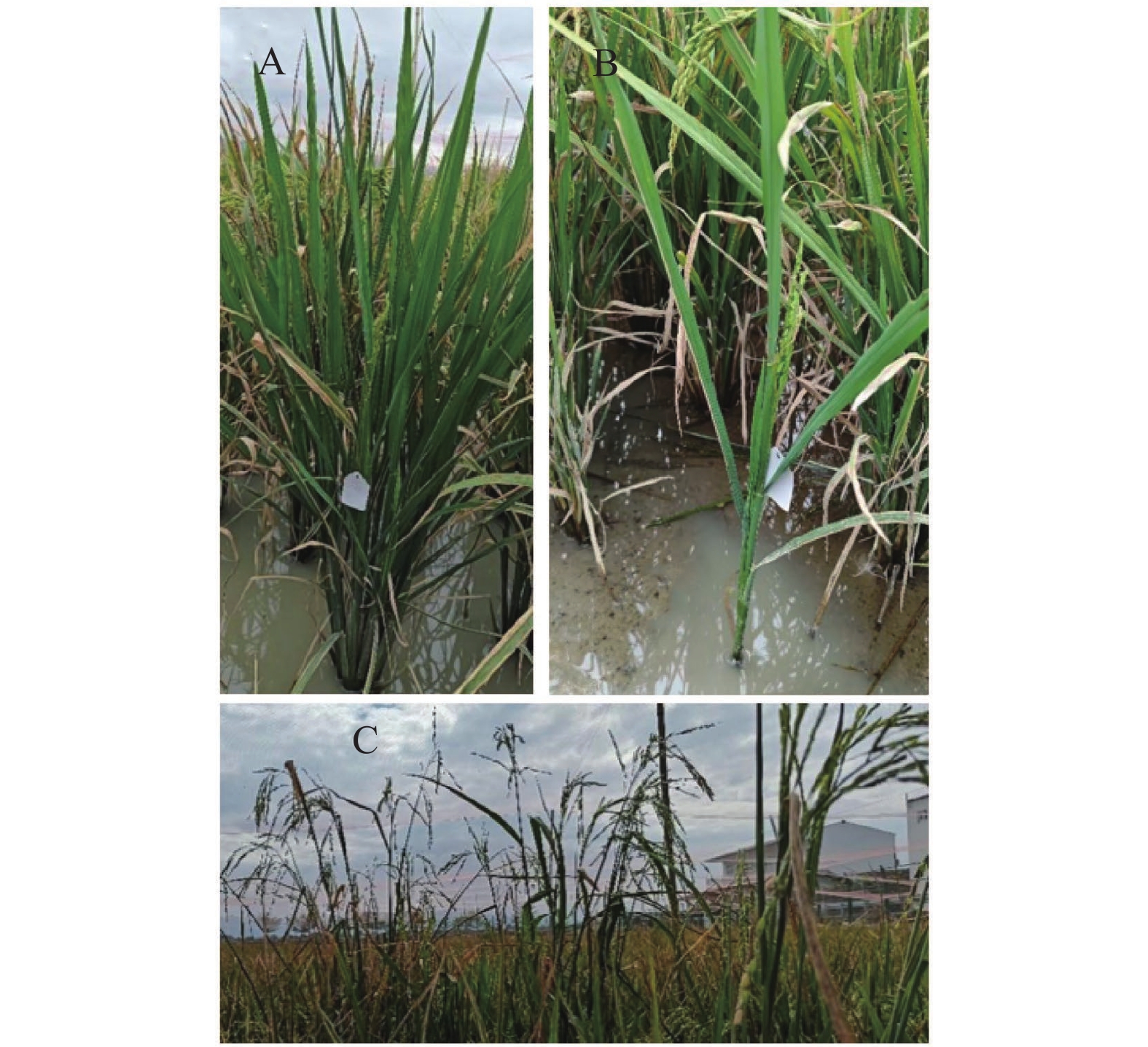
 Abstract
Abstract FullText HTML
FullText HTML PDF 1373KB
PDF 1373KB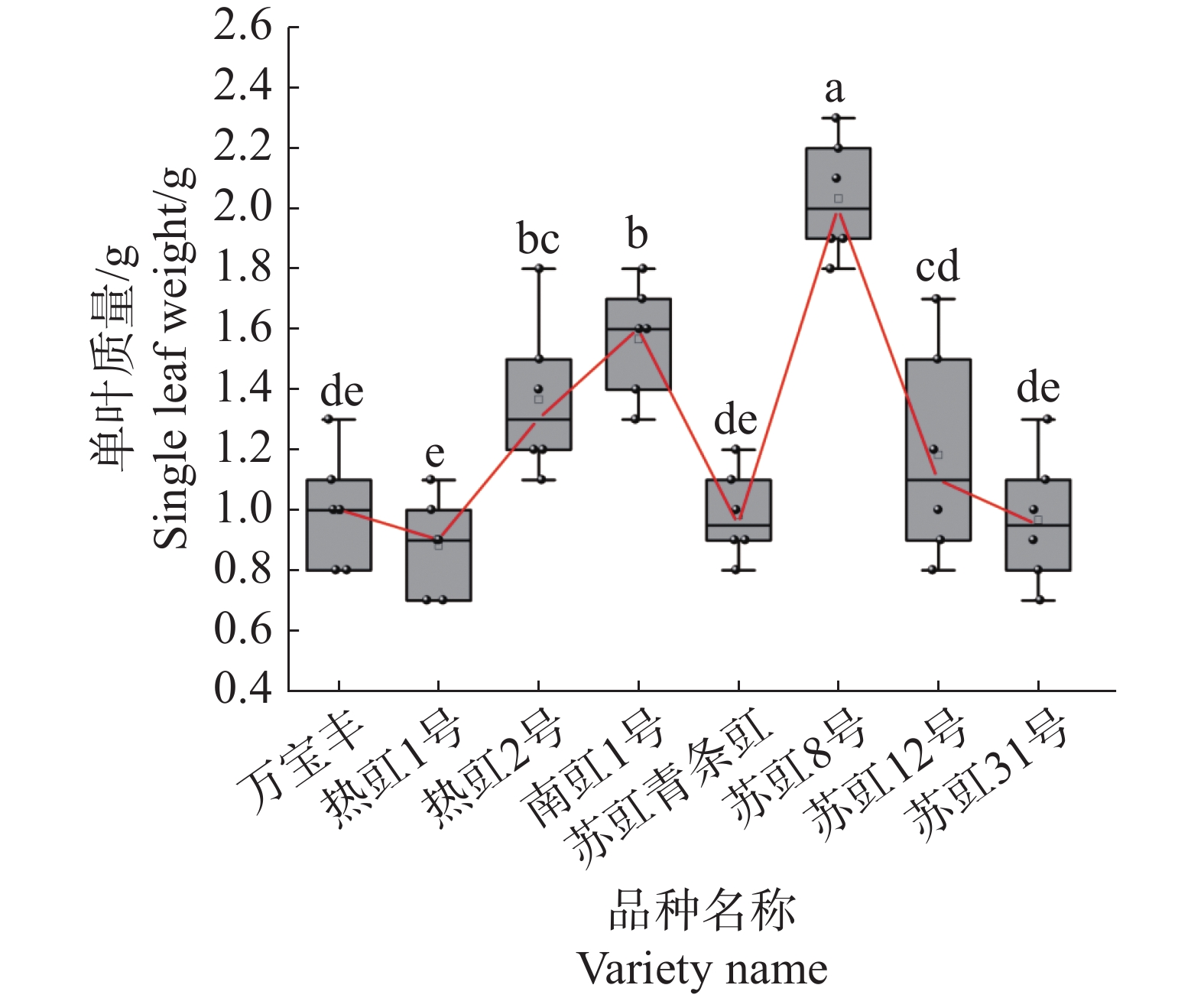

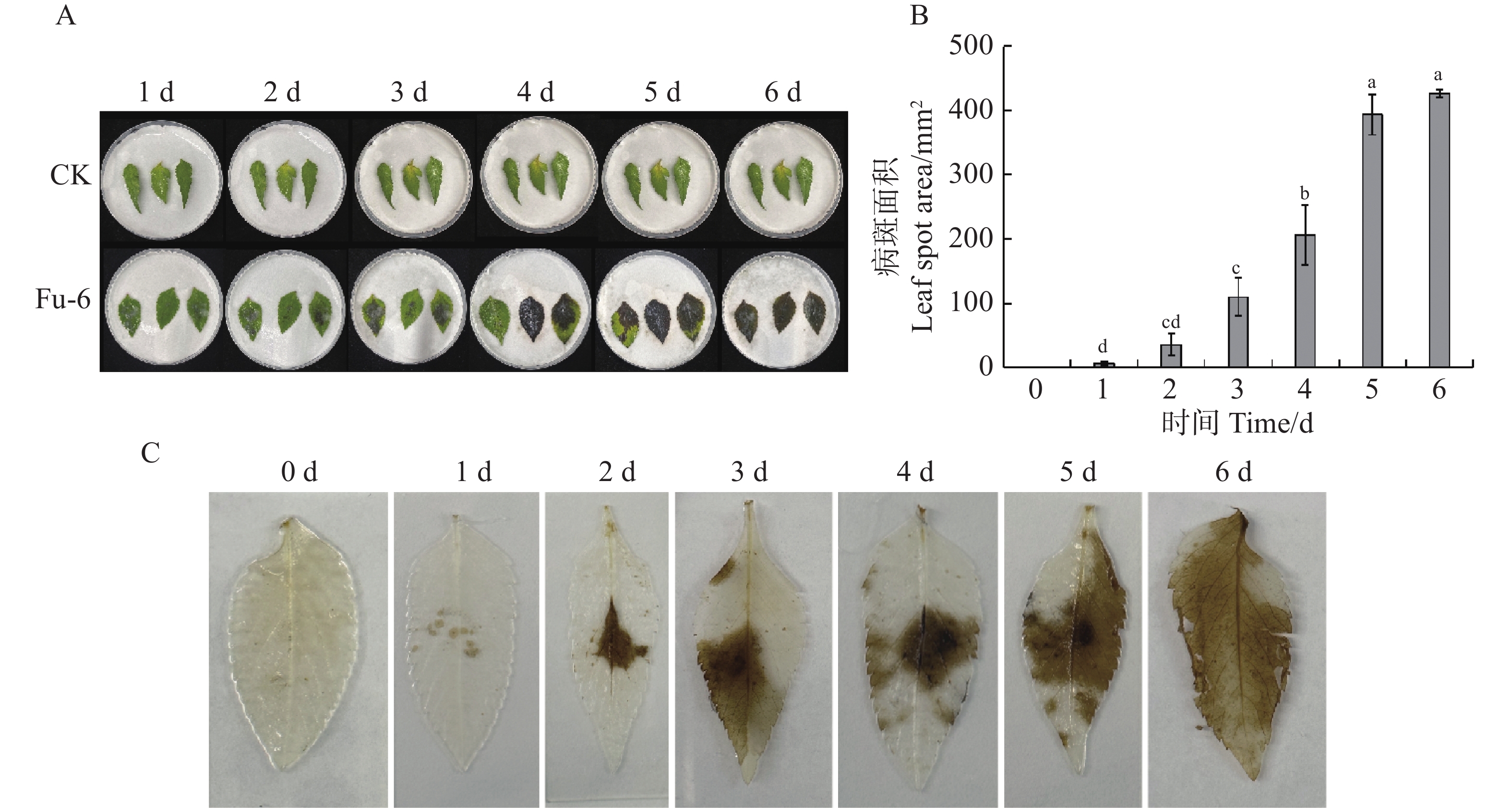
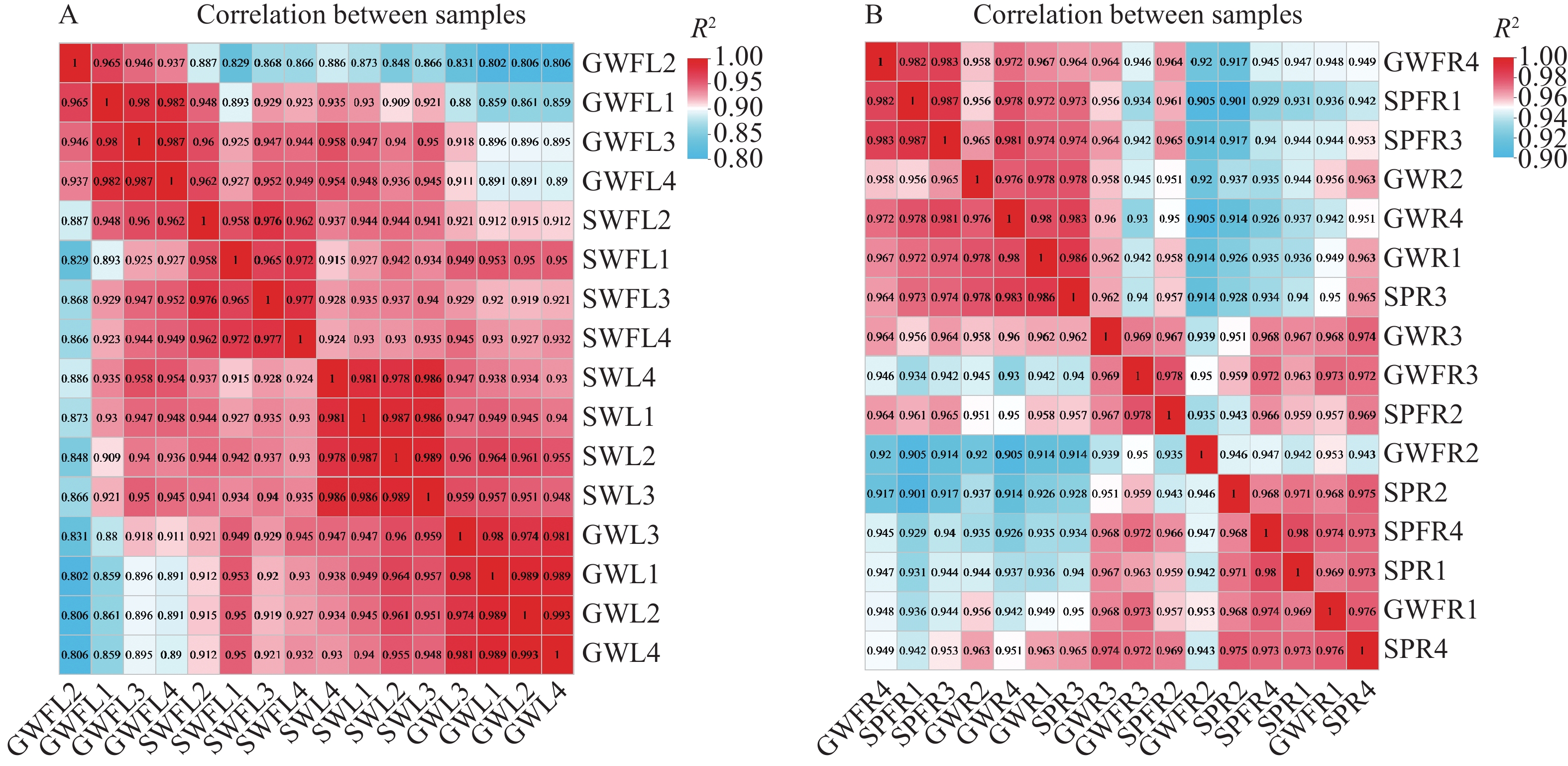
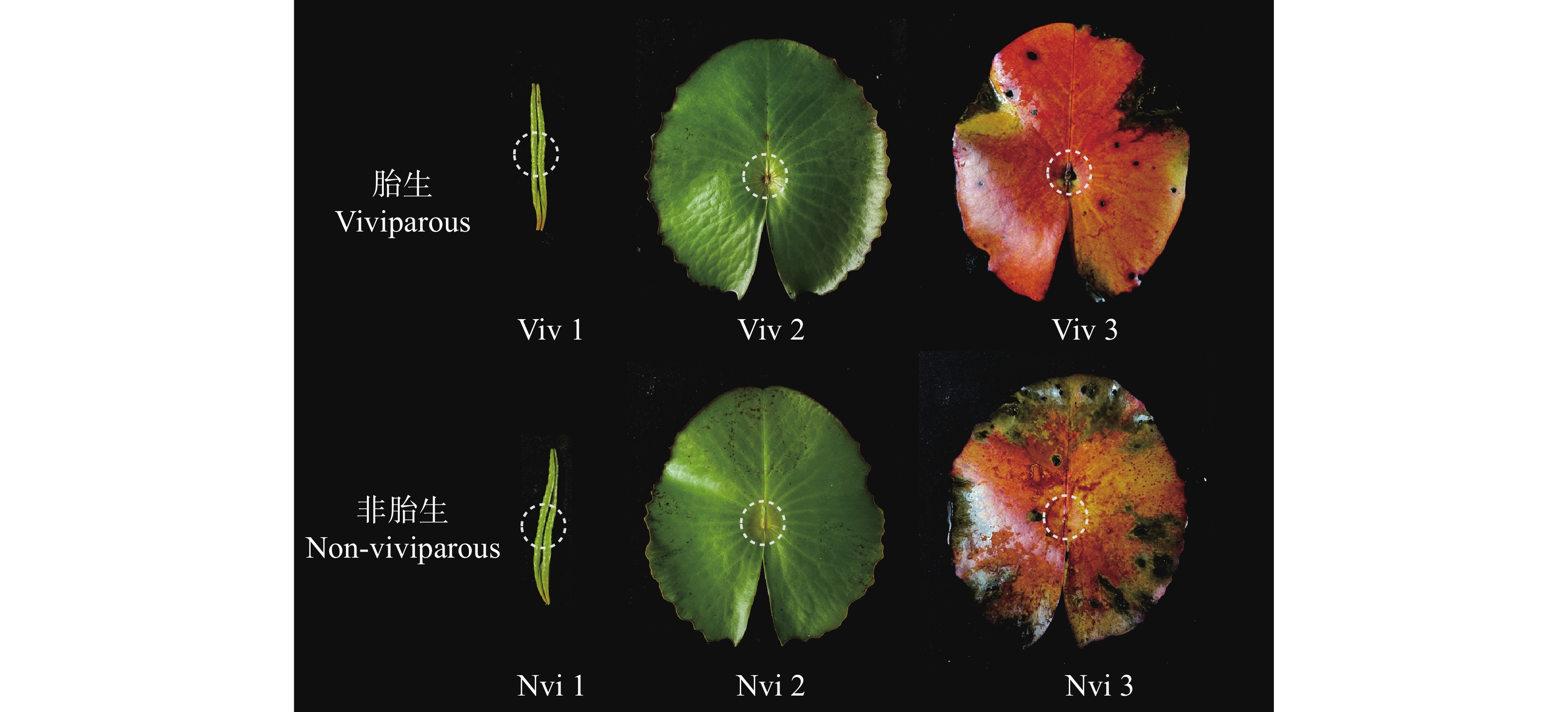

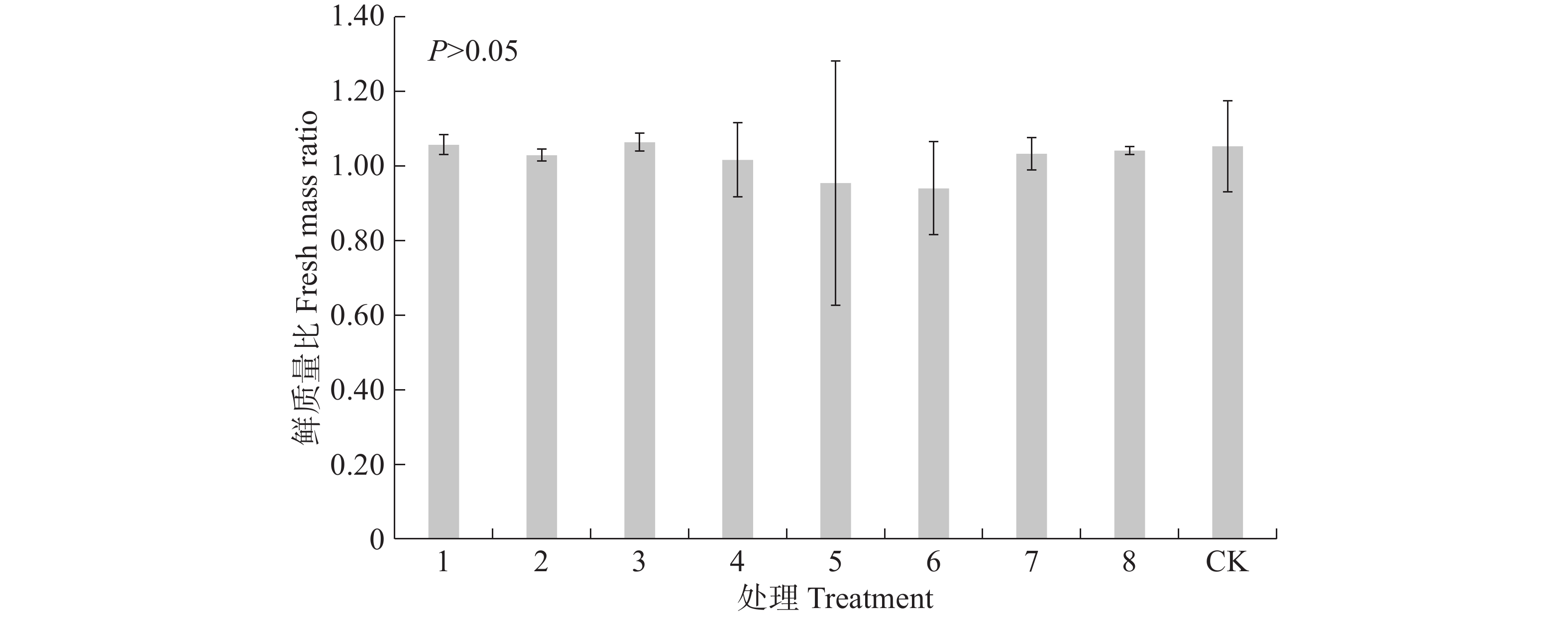
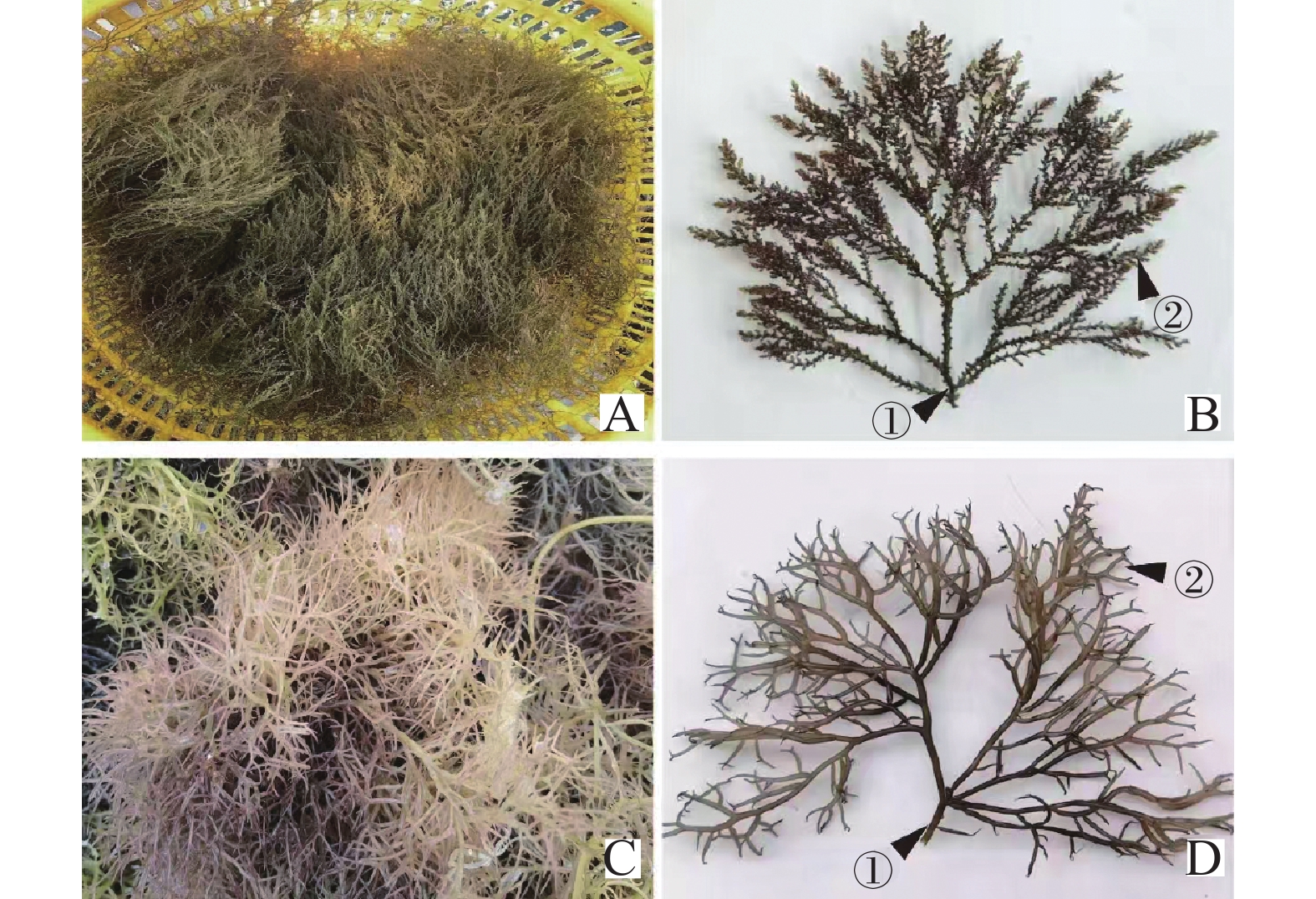

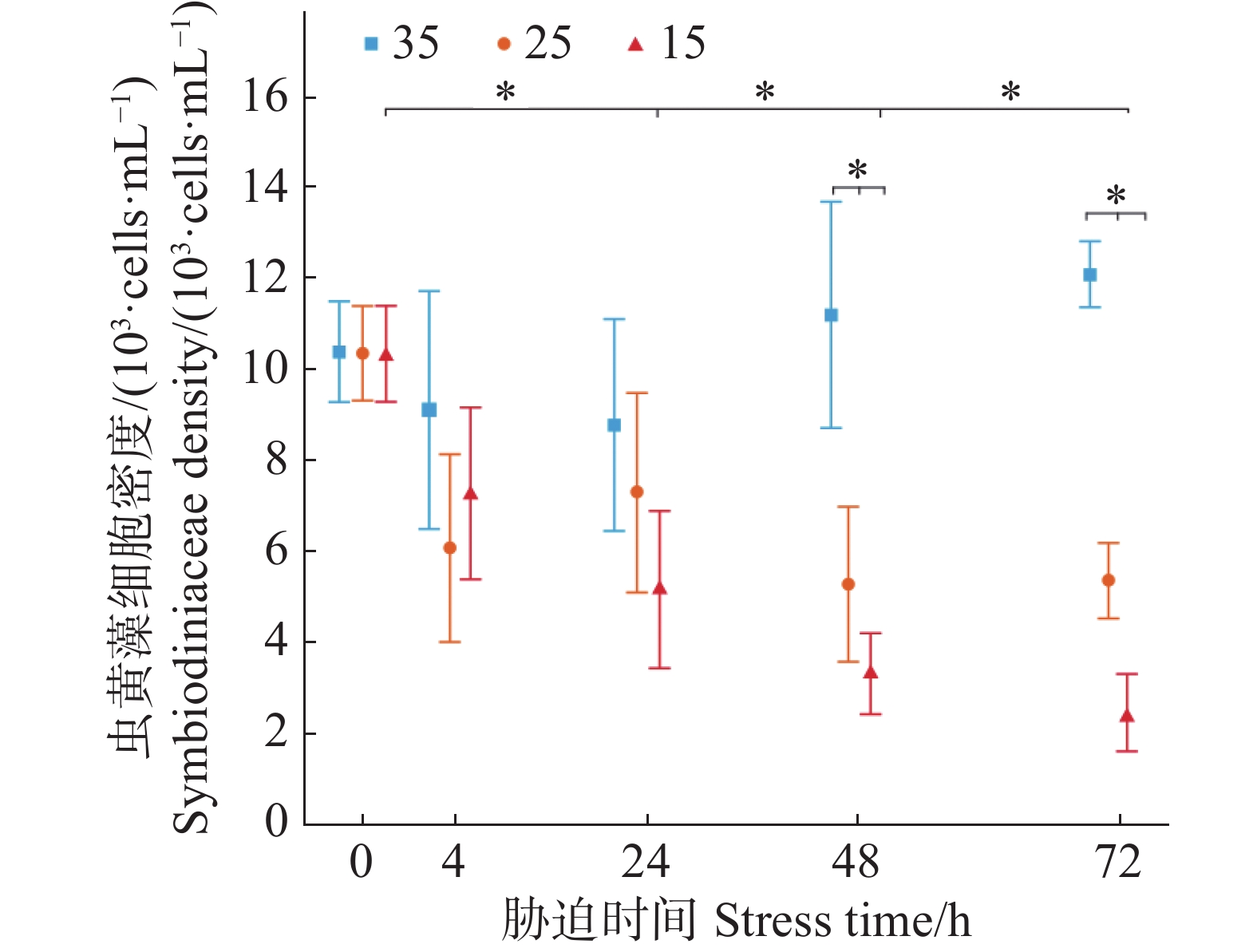
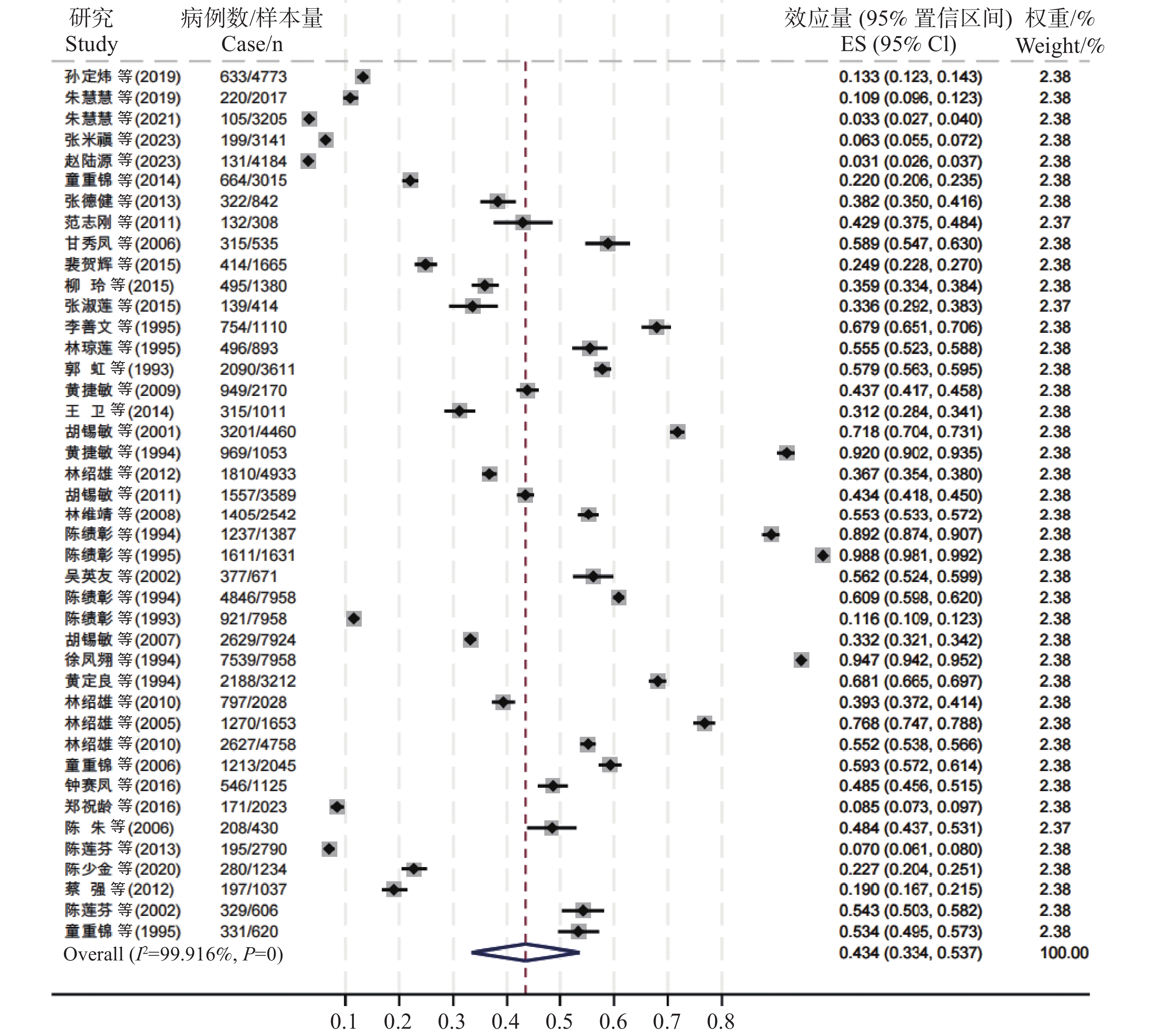
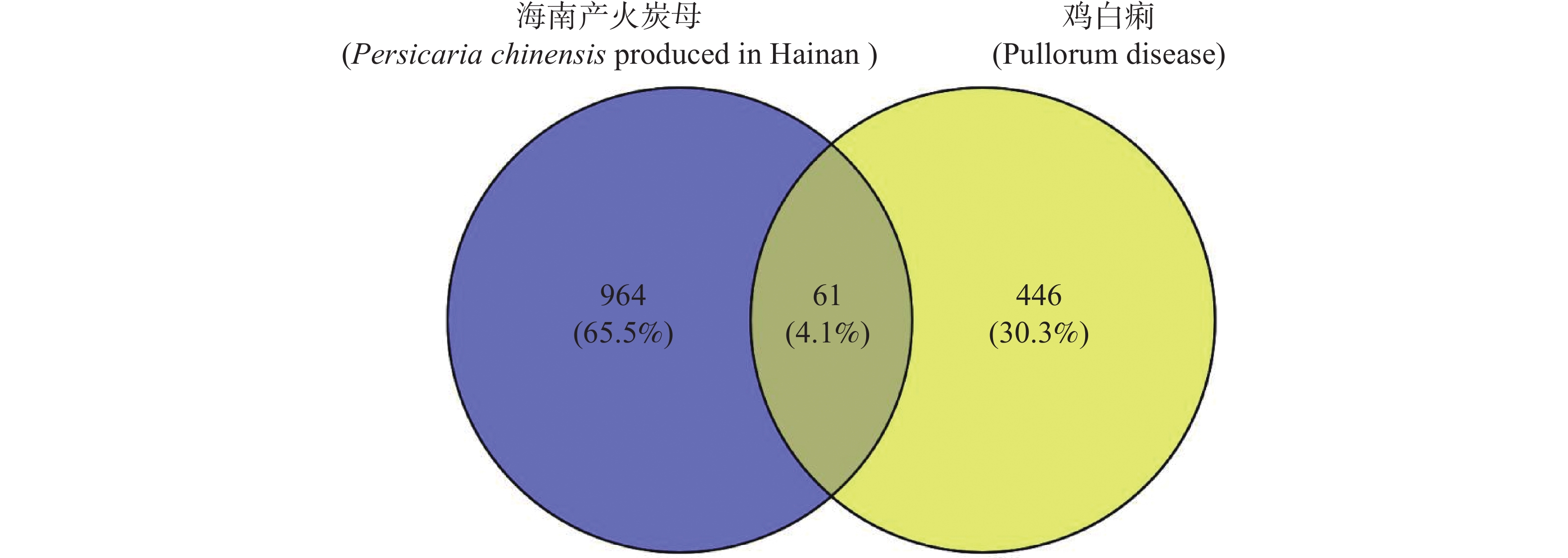
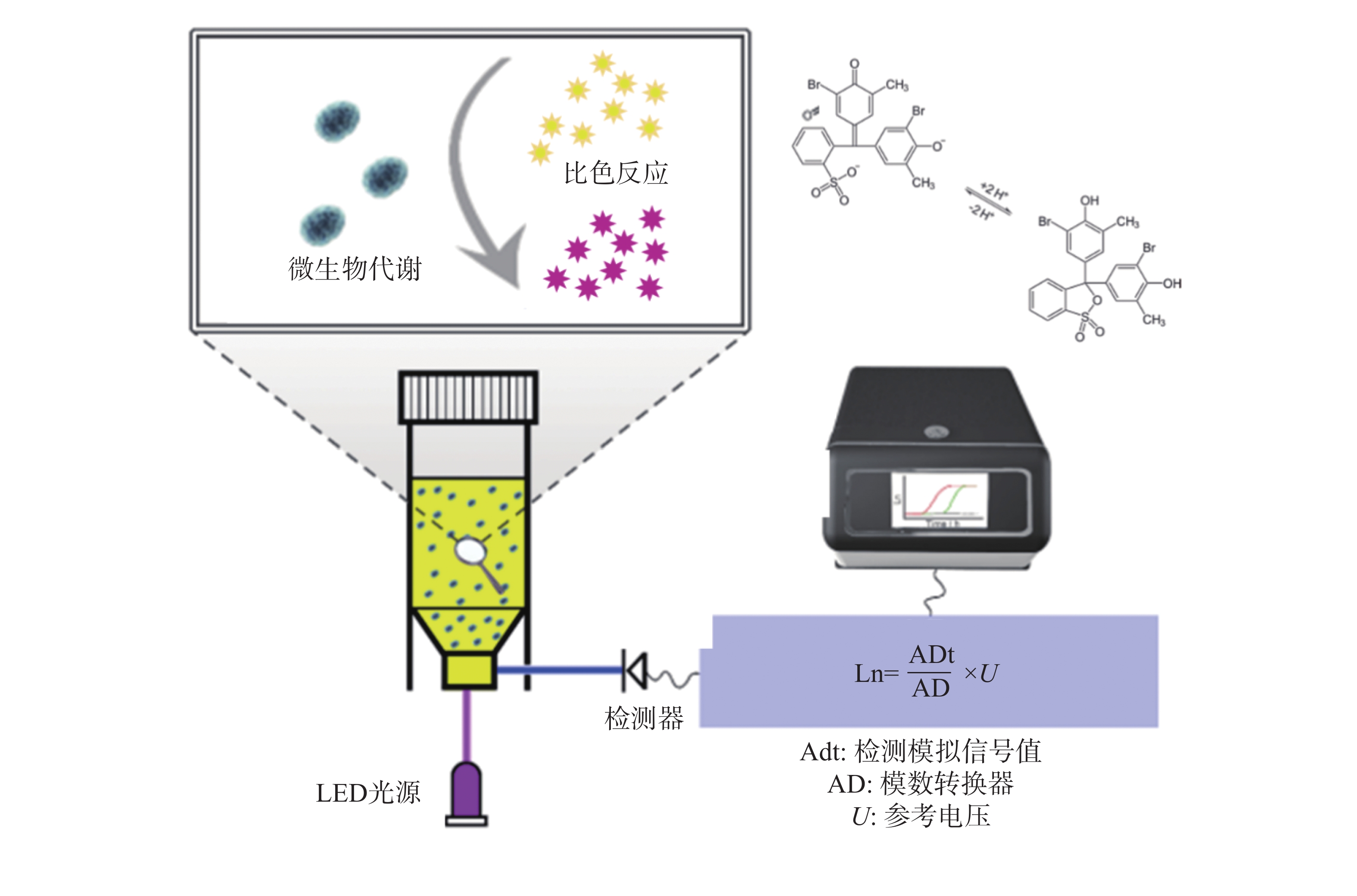
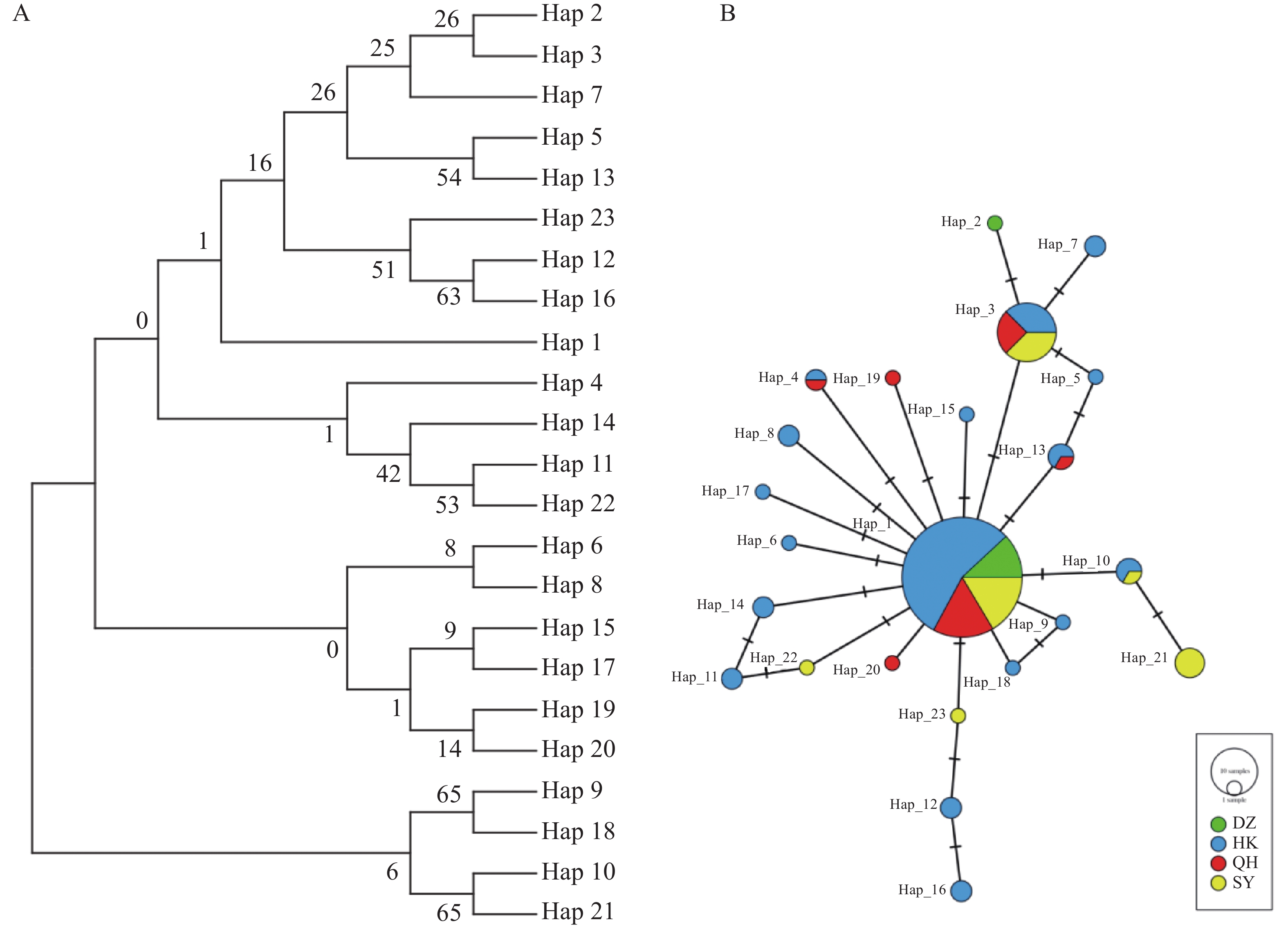



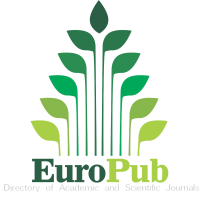



 Email alert
Email alert RSS
RSS